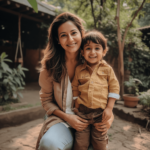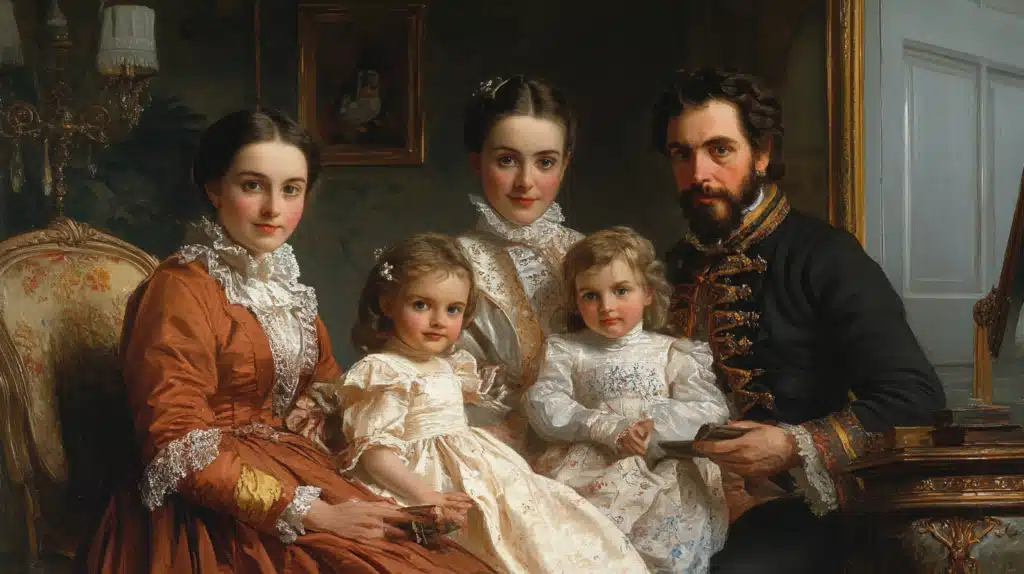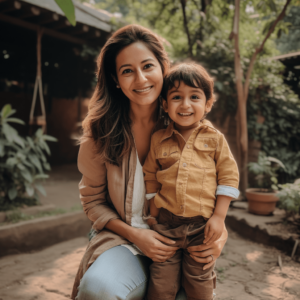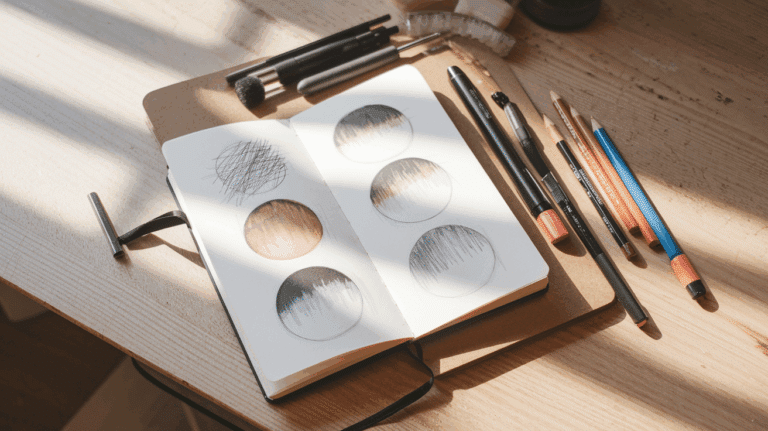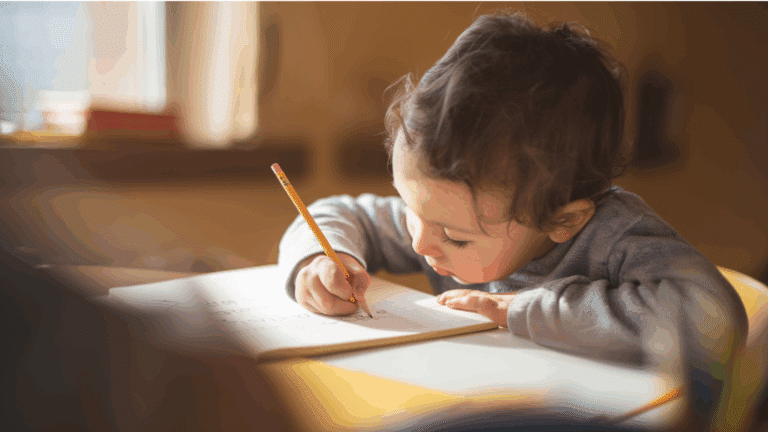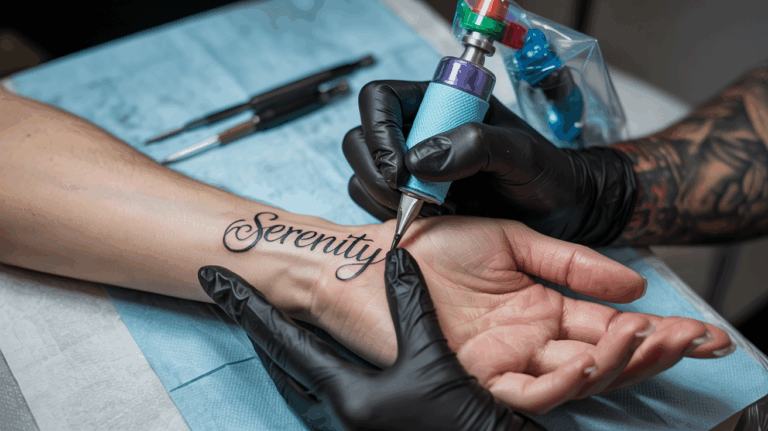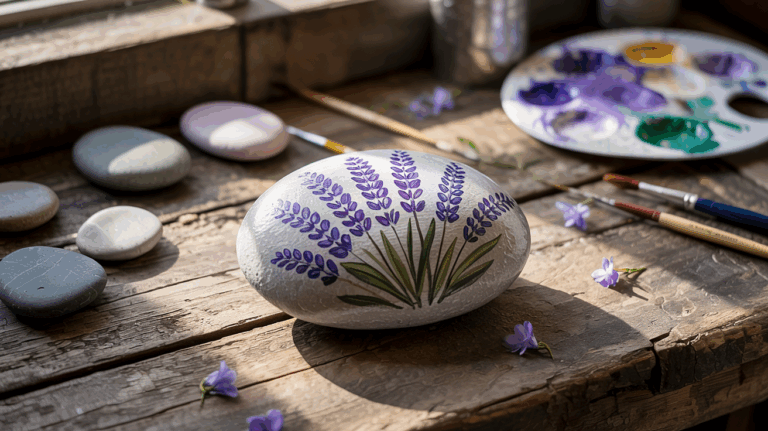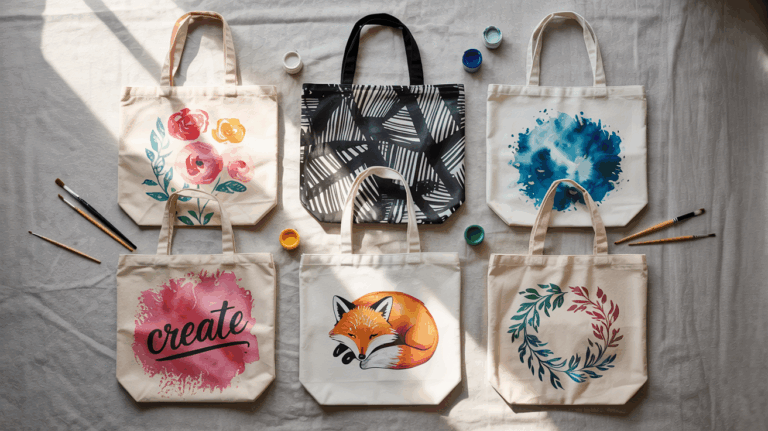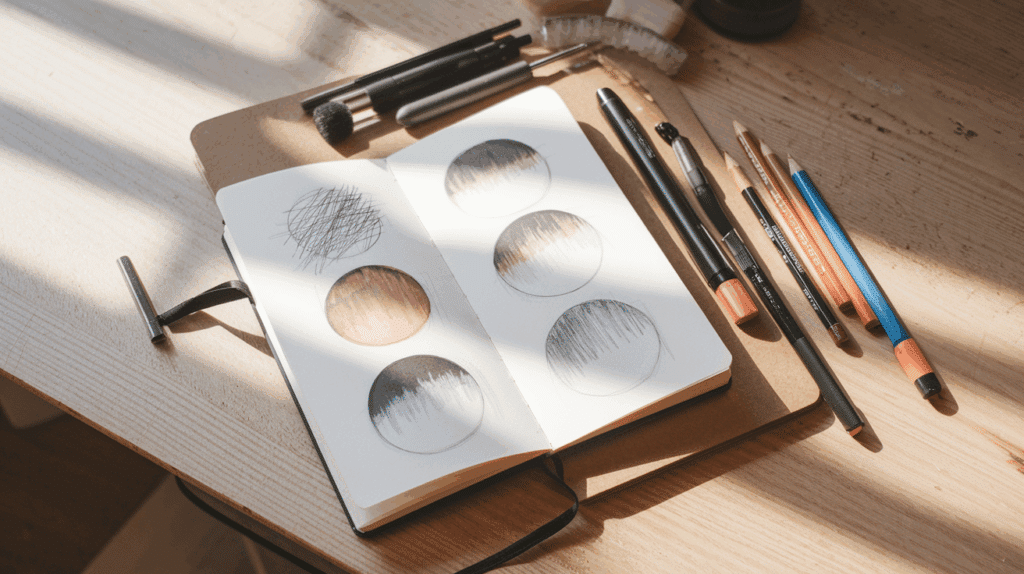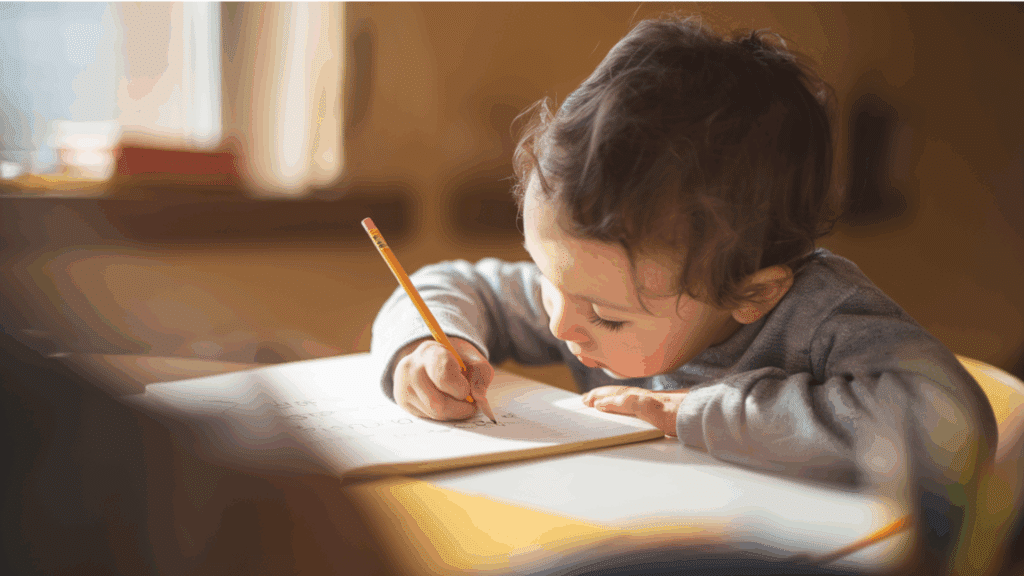Throughout history, family portraits have served as powerful visual records of lineage, love, and legacy. From the grandeur of royal family portraits to the intimate depictions of everyday households, these artworks capture not only faces but also the emotions, relationships, and social standing of their subjects.
The tradition of family painting has evolved across centuries, reflecting changes in artistic styles, societal values, and personal expression. This article explores the significance of family portraits in art history, their evolution, and the enduring beauty they bring to both classical and contemporary works.
The Origins of Family Portraiture in Art
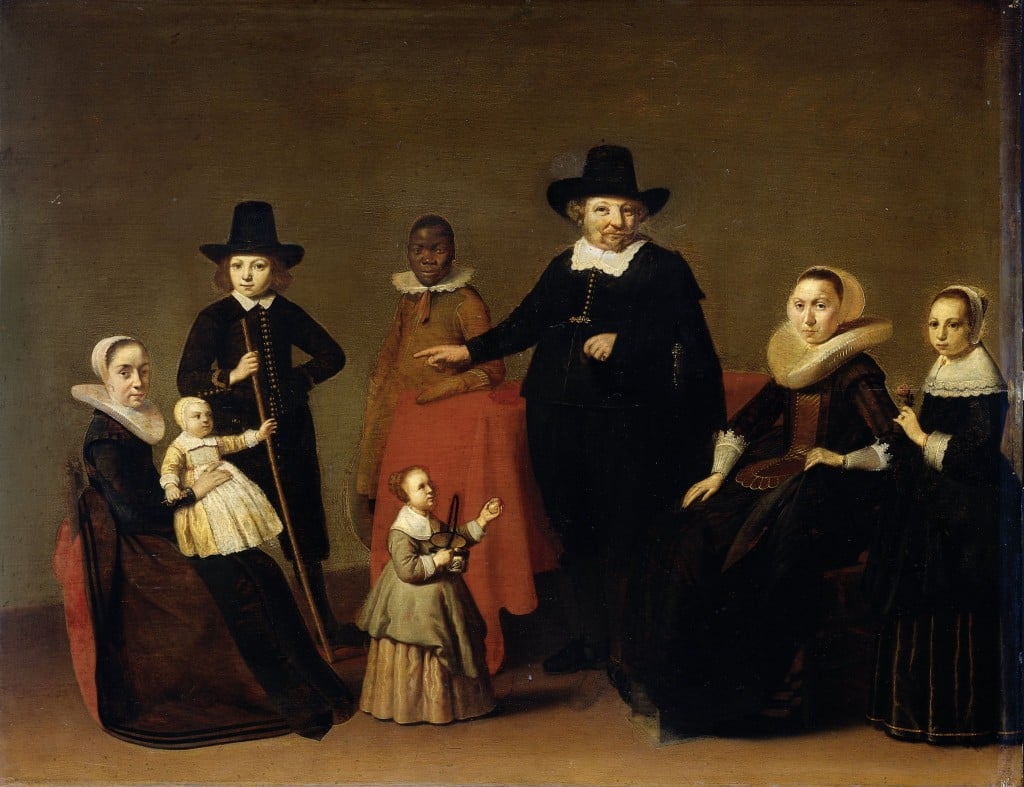
Ancient and Medieval Depictions
The concept of family portraiture dates back to ancient civilizations. Egyptian tomb paintings and Roman frescoes often depicted family members together, emphasizing their status and unity. These early artworks were not necessarily lifelike but symbolized the strength of family ties and the importance of ancestry.
During the Middle Ages, most portraiture was reserved for religious and royal figures. Family representations were commonly found in altarpieces or religious manuscripts, portraying noble or aristocratic families in the presence of saints or divine figures. These works emphasized lineage, faith, and social hierarchy rather than personal emotion.
The Renaissance: A New Era of Personal and Dynastic Portraits
The Renaissance (14th–17th centuries) marked a turning point in family portraiture. With advancements in perspective, anatomy, and oil painting techniques, artists began creating more realistic and intimate representations of families. Wealthy patrons commissioned portraits to showcase their legacy, power, and affection for their loved ones.
Famous Renaissance Family Portraits
- The Arnolfini Portrait (1434) – Jan van Eyck
This iconic painting of a wealthy merchant couple reflects themes of marriage, status, and domestic life. The detailed use of mirrors and symbolism elevates this artwork beyond a simple family painting into a masterpiece of storytelling. - Ginevra de’ Benci (1474–1478) – Leonardo da Vinci
While not a traditional family portrait, this painting highlights da Vinci’s mastery in capturing personal expression, paving the way for more intimate depictions of family relationships.
During this era, family paintings became status symbols, displayed prominently in homes and palaces. Artists like Titian, Holbein, and Bronzino were sought after for their ability to depict familial bonds with striking realism.
The Baroque and Rococo Eras: Drama and Grandeur in Family Portraits
As Europe moved into the Baroque period (17th century), family portraiture became more dramatic, characterized by rich colors, dynamic compositions, and theatrical lighting. Families were often portrayed in grand settings, emphasizing power, wealth, and divine favor.
Notable Baroque and Rococo Family Portraits
- Las Meninas (1656) – Diego Velázquez
One of the most famous family portraits in history, this painting offers a glimpse into the Spanish royal family, blending realism with a unique perspective that places the viewer inside the scene. - The Family of Philip V (1743) – Louis-Michel van Loo
A perfect example of Rococo elegance, this royal portrait displays opulence and refinement, with each family member carefully arranged to reflect harmony and status.
This period also saw a shift toward portraying family members in more natural settings, engaging in daily activities rather than stiff, formal poses.
The 18th and 19th Centuries: Sentimental and Romanticized Family Portraits
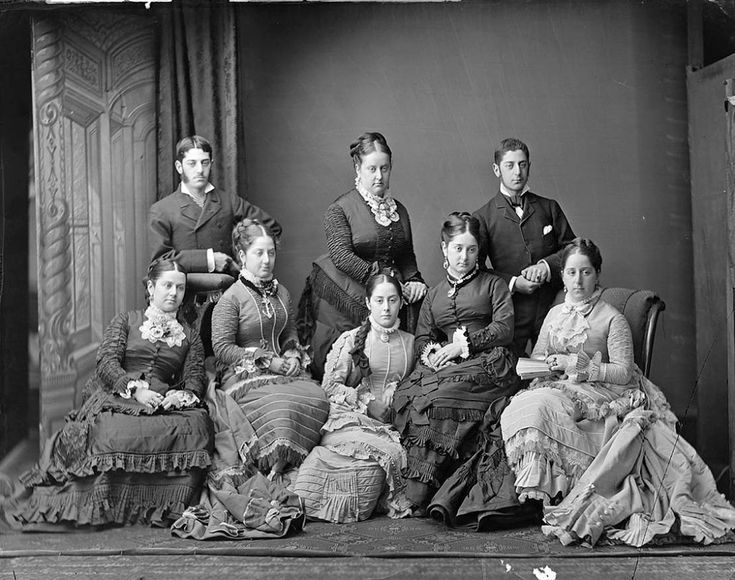
The Age of Enlightenment and the Romantic era brought about a transformation in family portraiture. The emphasis shifted from grandeur and power to sentimentality and emotional depth. Artists began capturing genuine expressions of love, affection, and the joys of family life.
Key Developments in Family Painting
- Jean-Baptiste Greuze and the Rise of Sentimental Portraiture
His works depicted ordinary families in heartfelt moments, emphasizing emotion over status. - Thomas Gainsborough and Joshua Reynolds
These English portraitists combined elegance with warmth, portraying aristocratic families in lush outdoor settings that reflected both their wealth and personal connections. - The Family of Charles IV (1800) – Francisco Goya
Unlike the idealized royal portraits of earlier centuries, Goya’s work presents the Spanish royal family with stark realism, even highlighting their imperfections and strained relationships.
By the 19th century, the rise of photography began to challenge traditional painted portraits, but many families still preferred commissioned paintings for their artistry and unique interpretation of character.
The 20th and 21st Centuries: Modern and Contemporary Family Portraits
With the advent of modernism, family portraiture evolved into a diverse and experimental form of artistic expression. Cubism, surrealism, and abstract art influenced how artists depicted family relationships, moving beyond realism to explore deeper emotional and psychological themes.
Notable Modern and Contemporary Family Portraits
- The American Gothic (1930) – Grant Wood
Though not a traditional family portrait, this painting became an iconic representation of American familial values and hardship. - Frida Kahlo’s Family Tree (1936)
Kahlo’s deeply personal approach to portraiture combined surrealism and autobiography, illustrating the complexities of family heritage. - Chuck Close’s Photorealistic Portraits
Bringing hyperrealism to contemporary family portraiture, Close’s work redefined how we perceive facial expressions and identity.
Today, family painting continues to thrive, with digital art, custom commissions, and experimental techniques offering new ways to celebrate familial bonds. From hyperrealism to abstract interpretation, artists continue to explore the emotional depth and cultural significance of family relationships.
The Timeless Appeal of Family Portraits
Despite changing artistic trends, family portraits remain a cherished tradition across cultures. Whether in the form of a classical oil painting, a modern digital piece, or even a casual photograph, these artworks serve as visual heirlooms, preserving the essence of family connections for future generations.
A beautifully crafted family portrait is more than just an image—it stands as a tribute to the relationships, values, and emotions that define our shared history. As long as families exist, so will the desire to capture their beauty and significance in art.
